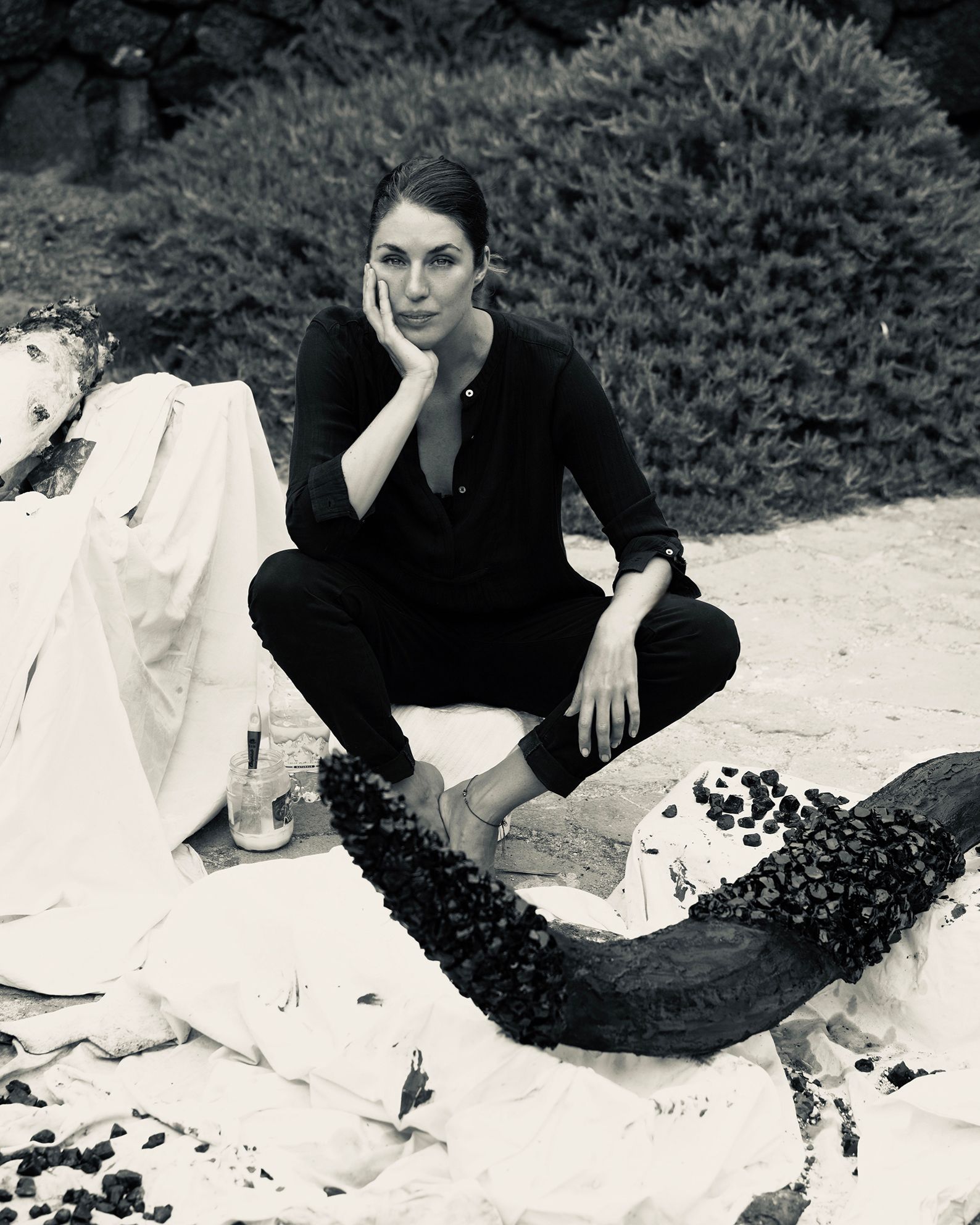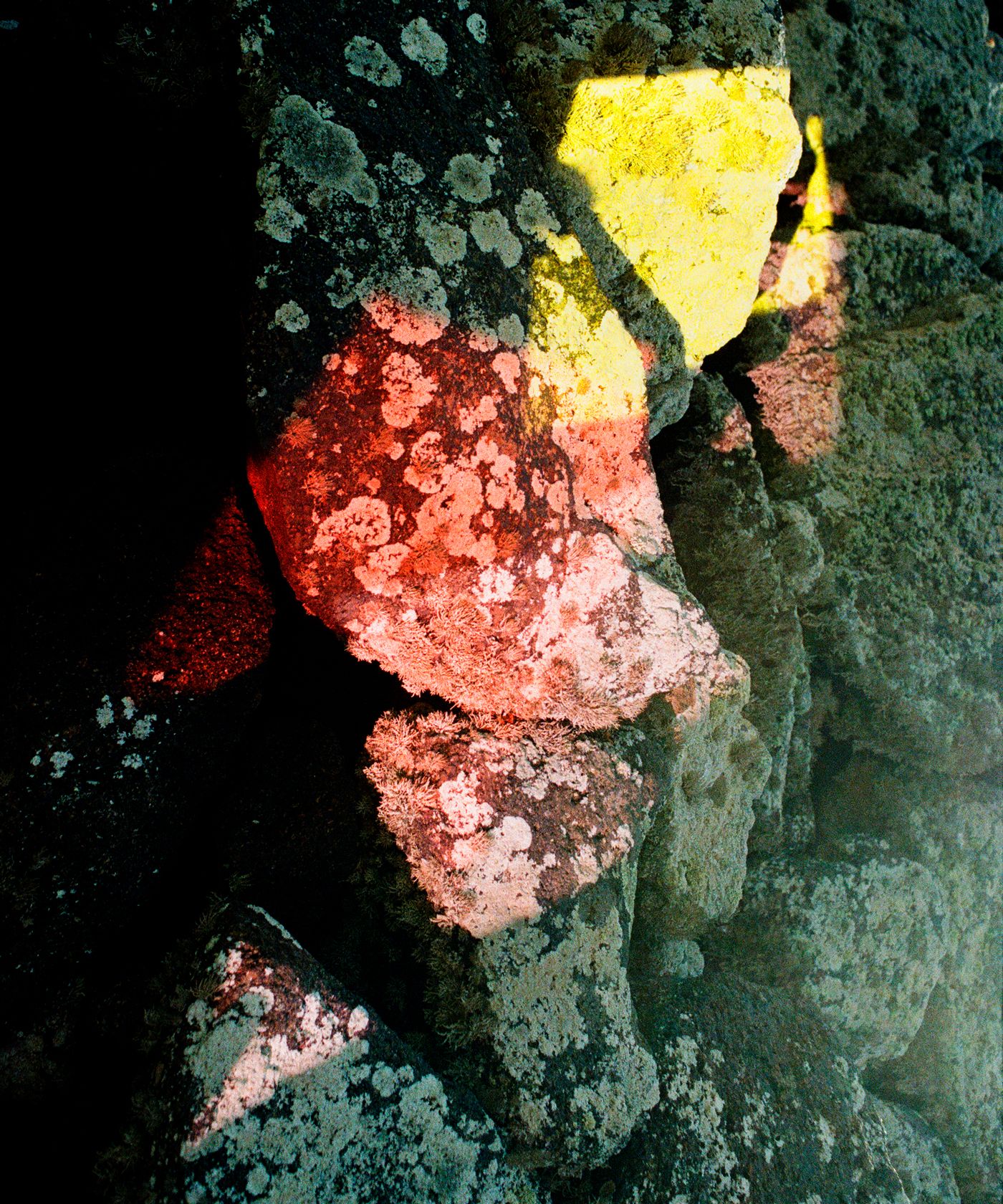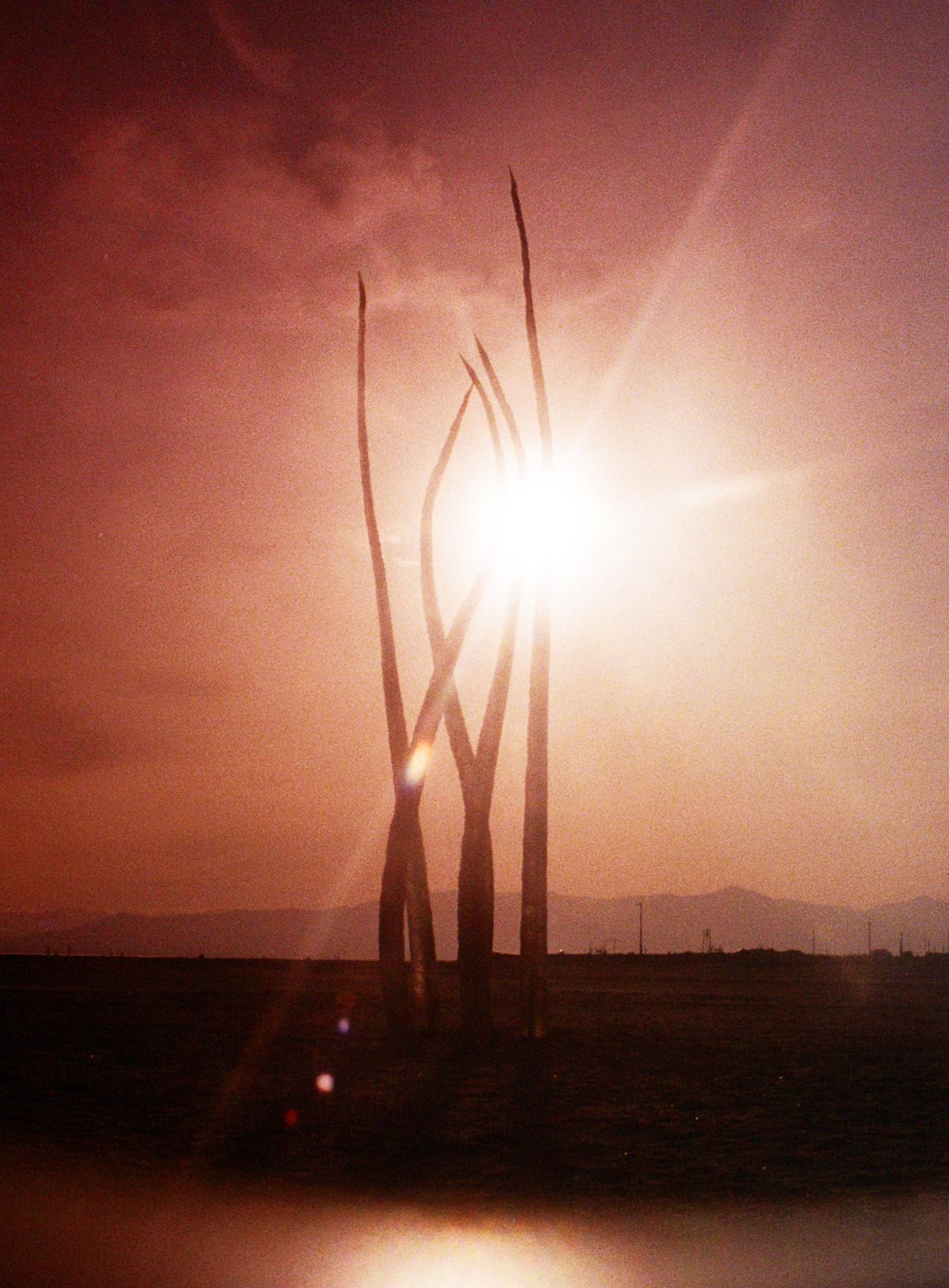
The multidisciplinary visual artist and writer Wanda Orme effortlessly spans the mediums of photography, sculpture and the written word in an emotive exploration of what it means to be human, and is perhaps best known for her site-specific sculptural installations concerning the environment and the paradox of creative destruction. Notably, she was recently nominated for the The Louis Roederer Photography Prize for Sustainability, and the global photography award the Prix Pictet for her photographic series "Blue on Fire" concerning the near-legendary failed utopia Salton Sea in southern California. Orme holds Master’s degrees in in anthropology and psychology, and her work duly investigates instinct, desire, resonance and the strange and often intangible relationship between human and non-human bodies. Here, the author and artist discusses her latest work with Culture Collective, and explains why she has fallen in love with the untamed, and sometimes devastating power of the natural world.
Tell us about your latest monograph Volcano Songs...
Volcano Songs is a project about power, beauty and change. The photography and texts were created on and around Vesuvius and on the volcanic islands of Alicudi and Pantelleria. Living in the vicinity of Vesuvius worked in its own way on my consciousness, the volcano became a point of orientation, both physically and emotionally. Volcano Songs explores the relationship between ourselves and the power of the natural world - a power beyond our human constructs, power with a playfulness, but also with the capacity for both creation and destruction. Volcanos are apertures, where one world’s truth spills into another. Their power permeates the land, air, the food you eat. Fertile, sensual, radical, they cannot be tamed. I fell in love with that energy.

Which creative discipline brings you the most joy?
I move between the mediums and photography, sculpture and the written word quite fluidly. I would say that the act of creation itself is what brings the most pleasure (and sometimes pain too). Bringing something into being is a complex act, sometimes it flows and sometimes you feel you are wrestling with the unknown, and this is the beauty of it. I am most interested in things beyond the immediately apparent world, in deep things we know in our bodies but may have lost the words for, in instinct and energy. These are things that perhaps can never fully be laid bare, but you can reach them perhaps only just to touch them through moments in creation. Like a brush with infinity.

What does your poetry explore?
My poetry explores sensation, instinct - the way feelings connect us and teach us about the nature of the world, and the beautiful mystery and immense power of what lies beyond. I write about a world in process and hearts in process because I see existence as constant change, sometimes subtle, sometimes radical. We are all at sea. Poetry is a way of talking about the connections between things beyond the visible, the energetic shape of the world.
Why are you fascinated by the natural world?
I’m in constant awe of the potency and power of this world we belong to. We talk about power, for example “solar power”, and miss the point that the whole planet already runs on it – we exist because the sun exists. We belong to this earth, this universe, not the other way around. Our wellbeing, both mentally and physically depends on reframing the way we understand our place in the world and the value we attribute to things. Shifting our awareness in this way is what I hope to provoke through my work. To encourage us to value what we have – the gift of consciousness and the wild, animal bodies we inhabit.

What is your definition of beauty?
Beauty for me is a sensation, we experience it. This is where beauty’s power lies, not in an object or thing or being in isolation, but in its ability to engender feeling in another – it’s reaching out and in. We say we are ‘touched’ by it. Water for me is something that could best be described as beautiful, and almost impossible to capture. I think this element of resistance to containment is an important part of beauty, it spills over and out, it is unbounded. Like a chain reaction, I think beauty can bear forth more beauty, we are touched by it and it lives through us.
Find out more at wandaorme.com
Image Credits (top to bottom): Portrait of Wanda Orme by William Gilchrist; image from the series “The Flash” – solar power, mirrors, directed sunlight; sculpture Akasha, at the shore of The Salton Sea; image from the book Volcano Songs